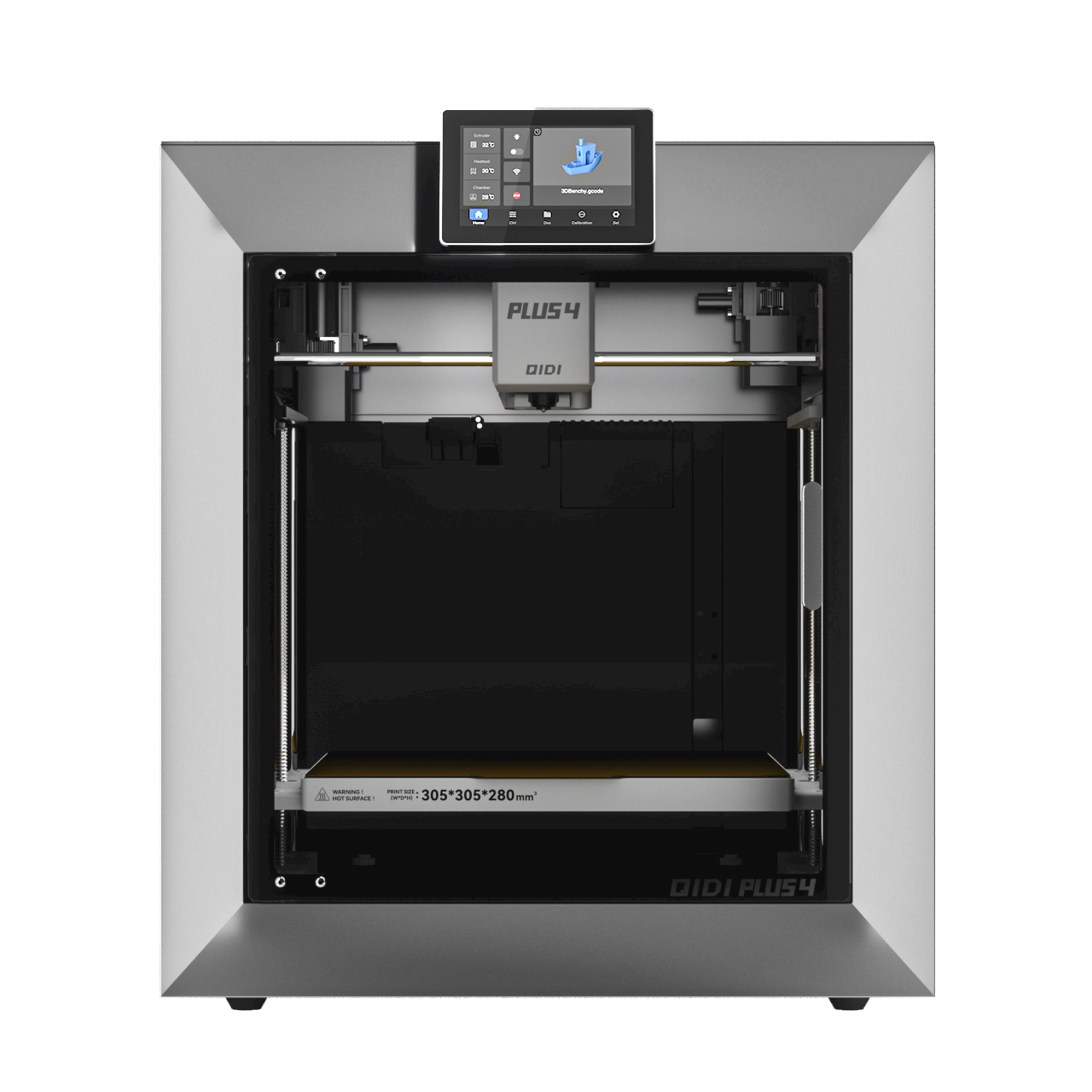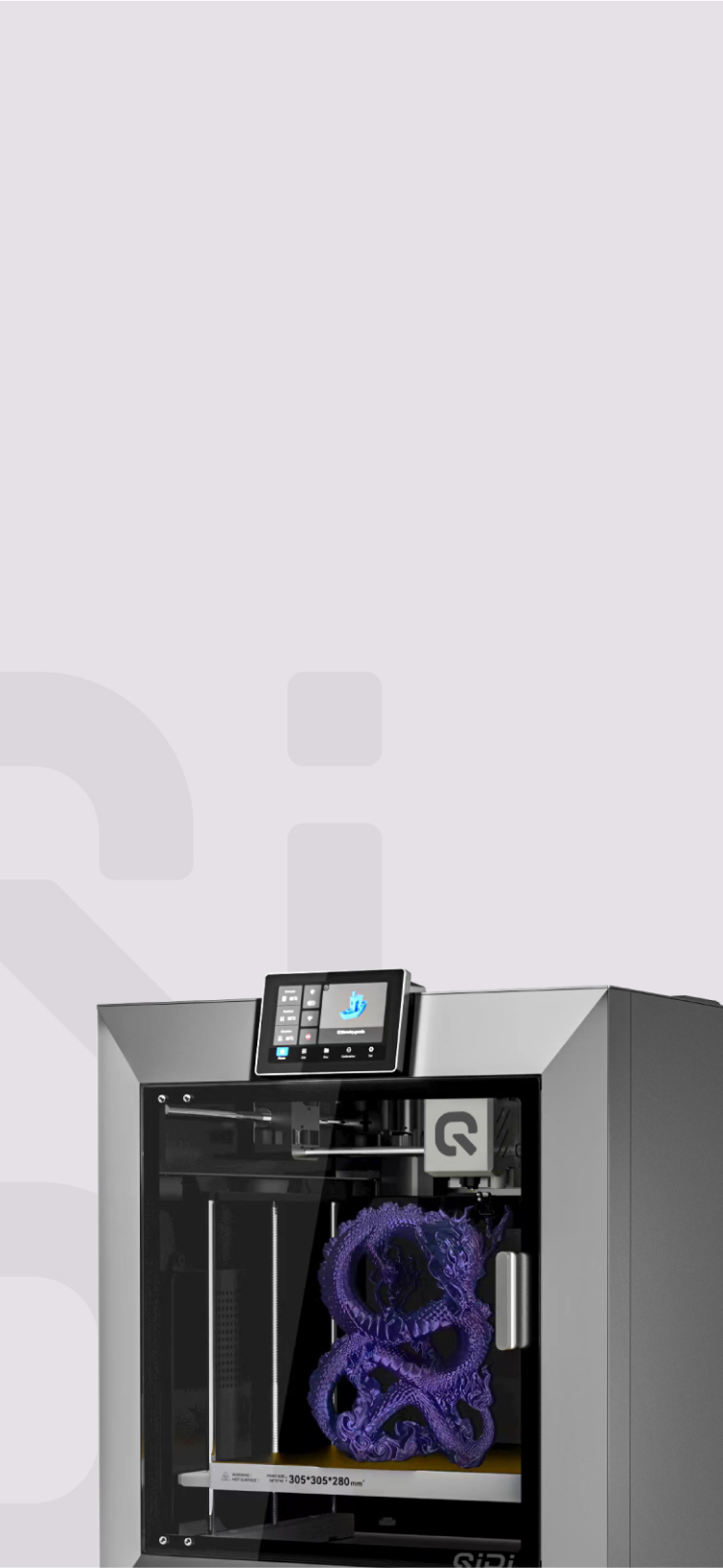¿El filamento PLA para la impresión 3D es tóxico?

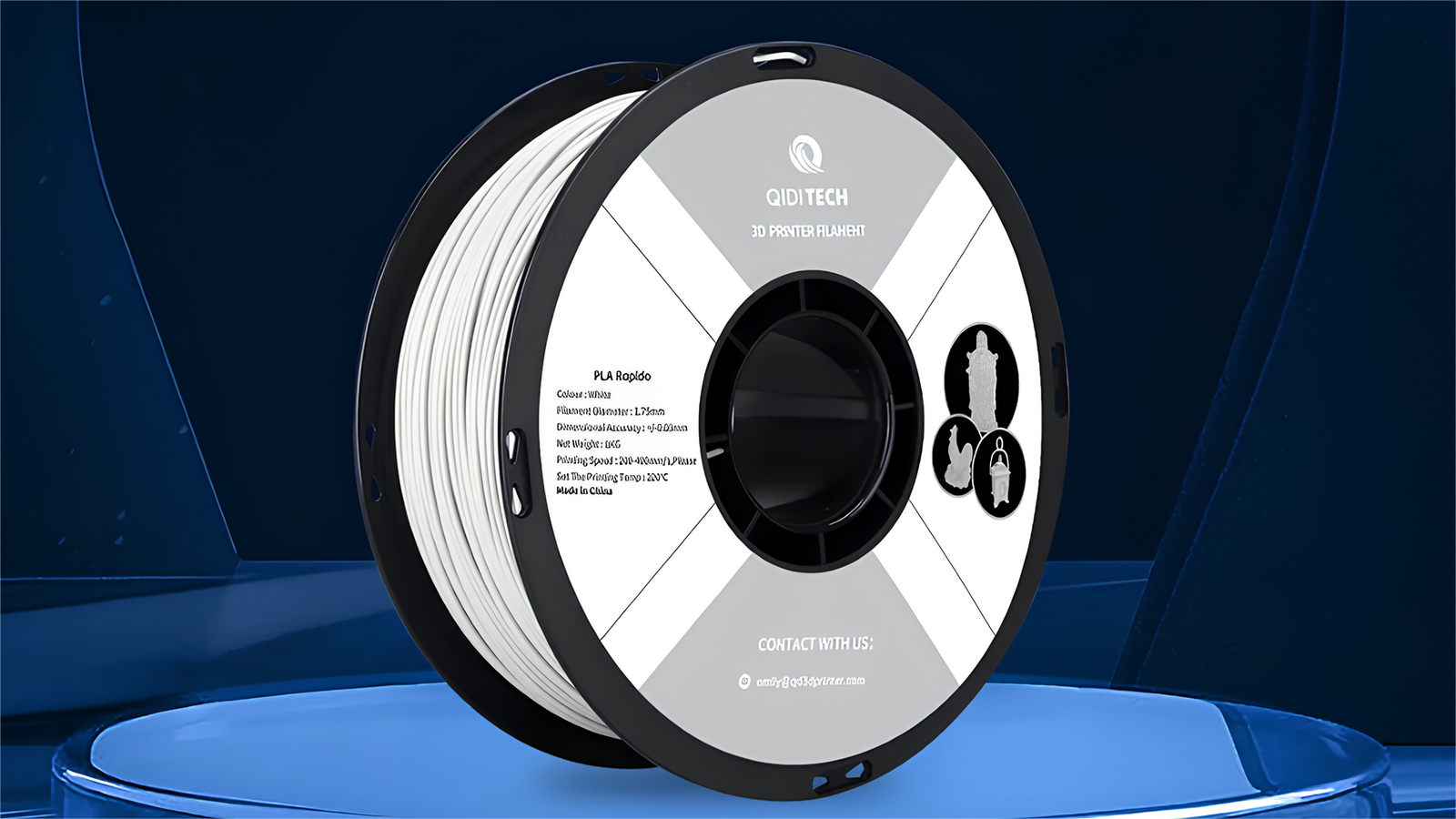
La impresión 3D se ha vuelto cada vez más popular, y muchas personas utilizan esta tecnología para diversas aplicaciones. Uno de los materiales más comunes en la impresión 3D es el filamento PLA, conocido por su facilidad de uso y atractivo aspecto. Sin embargo, ha existido cierto debate sobre la seguridad del filamento PLA, en particular respecto a la toxicidad de los humos producidos durante el proceso de impresión. Este artículo analizará en profundidad el filamento PLA, sus ventajas y posibles riesgos para la salud, y explorará estrategias para minimizar los riesgos y garantizar una experiencia de impresión 3D segura.
¿Qué es el filamento PLA y por qué es popular en la impresión 3D?
El PLA (ácido poliláctico) es un tipo de plástico elaborado a partir de recursos renovables como el almidón de maíz o la caña de azúcar. Se ha convertido en un material predilecto para muchos entusiastas de la impresión 3D gracias a sus propiedades y ventajas únicas.
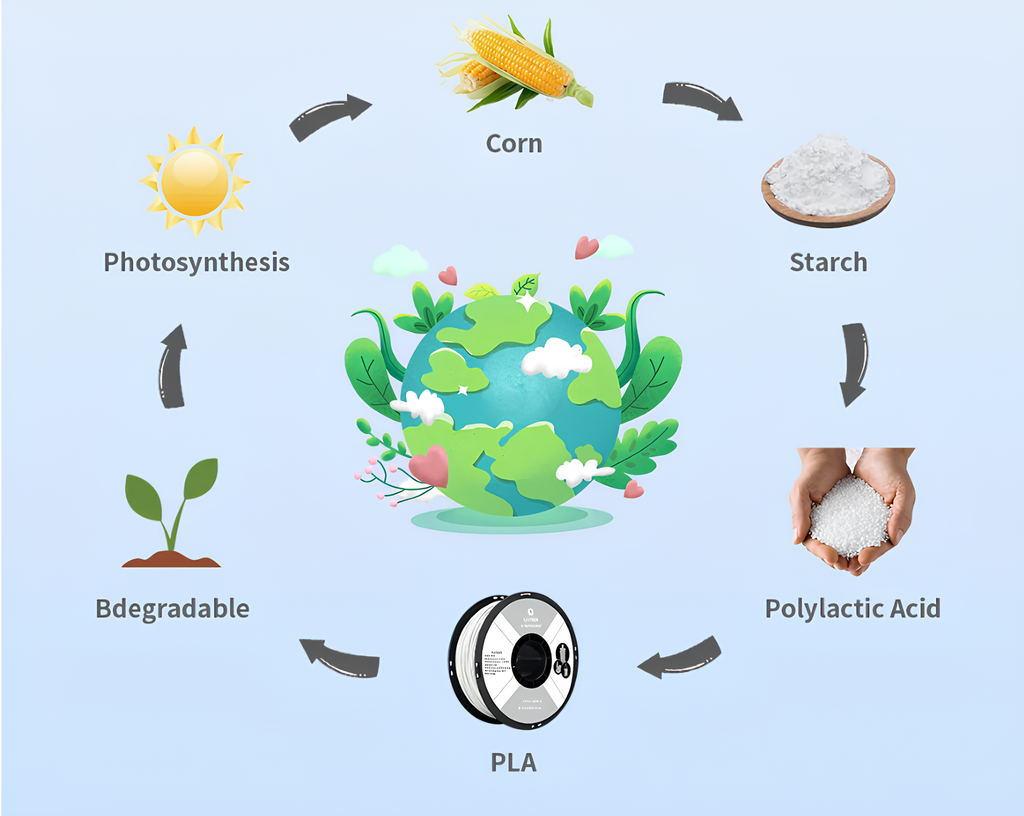
Ventajas del filamento PLA
- Fácil de imprimir: El PLA es conocido por su facilidad de uso y tolerancia, lo que lo convierte en una excelente opción para principiantes. No requiere cama caliente y permite imprimir a temperaturas más bajas que otros materiales.
- Amplia gama de colores y acabados: El PLA viene en una variedad de colores e incluso acabados especiales como metálico o que brilla en la oscuridad, lo que le permite ser creativo con sus impresiones.
- Buena adherencia y detalle: El EPL tiene buena adherencia al lechoEsto significa que sus impresiones son menos propensas a deformarse o desprenderse durante la impresión. Además, captura bien los detalles finos, lo que resulta en impresiones de alta calidad.
Posibles problemas de salud
A pesar de su popularidad, se han suscitado inquietudes sobre la seguridad de los vapores del PLA durante el proceso de impresión 3D. Al calentarse y fundirse, el PLA puede liberar pequeñas partículas y sustancias químicas al aire, lo que ha generado preocupación en algunas personas sobre posibles riesgos para la salud.
¿El filamento PLA para impresión 3D es tóxico?
Cuando hablamos de la toxicidad del filamento PLA, es importante hacer una distinción entre el filamento en su forma sólida y los humos que emite durante la impresión.
Filamento PLA en forma sólida
La buena noticia es que el filamento PLA en sí generalmente se considera no tóxico. Incluso se ha utilizado en aplicaciones médicas y es lo suficientemente seguro como para envasar alimentos. Por lo tanto, manipular filamento PLA y objetos impresos no debería suponer ningún riesgo significativo para la salud.
Humos de PLA durante la impresión
La principal preocupación con el filamento PLA surge cuando se calienta durante el proceso de impresión. Al fundirse, puede liberar vapores que contienen pequeñas partículas y sustancias químicas llamadas compuestos orgánicos volátiles (COV).
Aditivos y colorantes en filamentos PLA
Vale la pena señalar que algunos filamentos PLA pueden contener aditivos o colorantes para lograr diferentes colores o propiedades. Estos aditivos también pueden contribuir a los humos liberados durante la impresión y su seguridad puede variar dependiendo de las sustancias específicas utilizadas.
Si bien el filamento PLA en sí no es tóxico, los humos que produce durante la impresión han suscitado algunas preocupaciones.
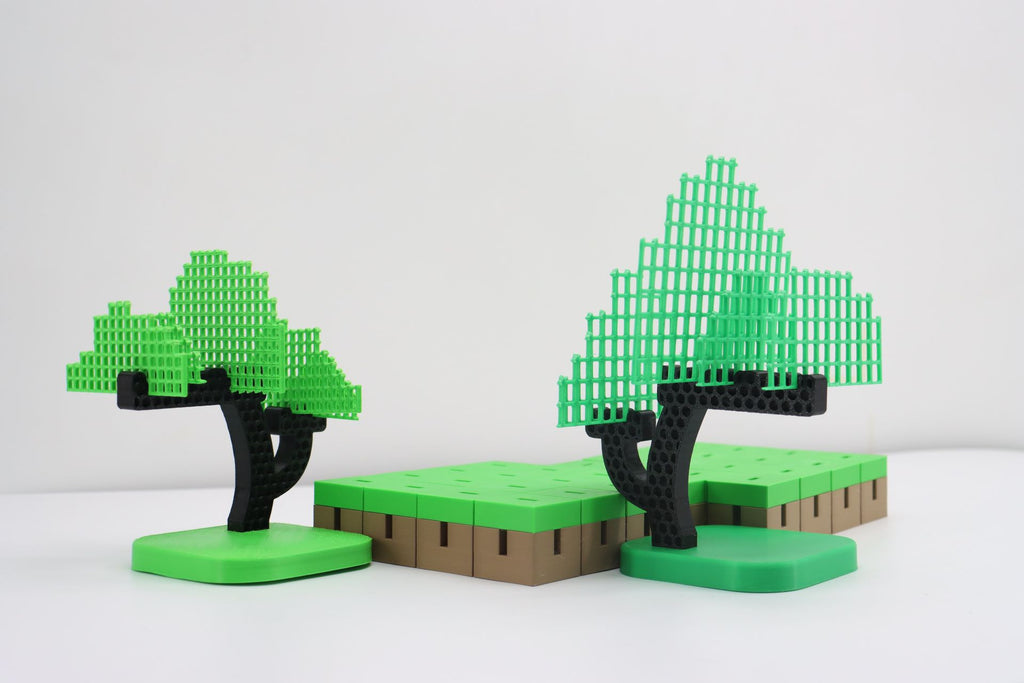
¿Cómo pueden los humos del PLA afectar su salud?
Ahora que sabemos que los vapores de PLA pueden contener pequeñas partículas y sustancias químicas, veamos qué podría significar eso para su salud.
¿Qué hay en los vapores de PLA?
Estudios han demostrado que los humos de PLA contienen partículas ultrafinas (UFP) y COV. Las UFP son partículas diminutas que se inhalan fácilmente, mientras que los COV son sustancias químicas que pueden causar irritación y otros problemas de salud.
Humos de PLA vs.Otros materiales de impresión 3D
En comparación con otros materiales de impresión 3D como ABS (acrilonitrilo butadieno estireno)Los vapores del PLA generalmente se consideran menos tóxicos. Sin embargo, esto no significa que sean completamente inofensivos. Aun así, es importante tomar precauciones al imprimir con PLA.
Posibles efectos de los humos de PLA sobre la salud
La exposición a los vapores de PLA puede provocar síntomas como:
- Irritación respiratoria: La inhalación de vapores de PLA puede causar irritación en la nariz, la garganta y los pulmones. Esto puede ser especialmente problemático para personas con afecciones respiratorias preexistentes, como el asma.
- Dolores de cabeza y náuseas: Algunas personas pueden experimentar dolores de cabeza o náuseas después de inhalar vapores de PLA, especialmente si se encuentran en un área mal ventilada.
- Preocupaciones de salud a largo plazo: Si bien se necesita más investigación, existe la preocupación de que la exposición prolongada a los vapores de PLA pueda provocar problemas de salud más graves en el futuro.
¿Cómo puede mantenerse seguro al imprimir con PLA?
Ahora que conocemos los riesgos potenciales de los vapores de PLA, hablemos de lo que puede hacer para protegerse mientras disfruta de su pasatiempo de impresión 3D.
La ventilación es clave
Una de las cosas más importantes que puede hacer es asegurar una ventilación adecuada en su área de impresión. Esto significa:
- Imprimir en una habitación bien ventilada con ventanas abiertas o ventiladores para ayudar a circular el aire.
- Utilizando una carcasa de impresora 3D con un sistema de filtración para contener y filtrar partículas y humos dañinos.
- Invertir en un purificador de aire diseñado para espacios de impresión 3D.

Elija su filamento sabiamente
No todos los filamentos PLA son iguales. Algunos pueden producir más humos que otros, por lo que es importante investigar y elegir filamentos con menor emisión.
Utilice la configuración de impresora recomendada
Utilizar la configuración correcta de la impresora también puede ayudar a reducir la cantidad de humos producidos durante la impresión. Esto incluye:
- Mantener la temperatura de la boquilla lo más baja posible sin dejar de conseguir una buena calidad de impresión.
- Asegurando su La impresora está correctamente calibrada y se mantienen para evitar emisiones excesivas.
Si sigue estas pautas e invierte en el equipo adecuado, podrá reducir significativamente su exposición a los vapores de PLA e imprimir con confianza.
¿Qué equipo de seguridad debo utilizar al imprimir con PLA?
Además de la ventilación y la elección el filamento correctoExisten algunas medidas de seguridad personal que puede tomar para protegerse aún más de los vapores de PLA.
Use un respirador
Un respirador es un tipo de máscara que filtra partículas y humos nocivos. Al imprimir con PLA, busque un respirador con filtro apto para COV para garantizar la máxima protección.
Proteja sus ojos
Si bien los vapores de PLA son principalmente un problema para el sistema respiratorio, también conviene protegerse los ojos. Las gafas de seguridad pueden ayudar a prevenir la irritación o las molestias causadas por vapores o partículas pequeñas.
Mejores prácticas para una impresión 3D segura
Más allá del equipo de protección personal, existen algunas prácticas recomendadas generales que puede seguir para minimizar su riesgo:
- Imprima siempre en un área bien ventilada y nunca en un dormitorio o zona para dormir.
- Mantenga su impresora limpia y bien mantenido para evitar emisiones excesivas.
- Limite el tiempo que pasa directamente cerca de la impresora mientras está en funcionamiento.
- Considere utilizar un Impresora 3D con diseño cerrado para contener humos.
La combinación de estas medidas de seguridad personal con las opciones de ventilación y filamento analizadas anteriormente puede crear una experiencia de impresión 3D más segura y agradable.
¿Cómo debes configurar tu impresora 3D para imprimir con PLA?
Ahora que hemos cubierto las precauciones de seguridad, hablemos sobre cómo optimizar la configuración de su impresora 3D para imprimir con filamento PLA.
Ajustes de temperatura
El PLA suele imprimirse mejor a temperaturas entre 190 °C y 220 °C. Comience con el rango más bajo y ajuste según sea necesario para una calidad de impresión óptima. La temperatura de la cama debe rondar los 60 °C para una buena adhesión.
Velocidad de impresión y retracción
Una velocidad de impresión de 40-60 mm/s es un buen punto de partida para PLA. La configuración de retracción dependerá de la impresora, pero una distancia de 5-7 mm a una velocidad de 25-40 mm/s es un rango común para minimizar la formación de hilos y el rezume.
Técnicas de adhesión a la cama
Para evitar deformaciones y garantizar una buena adhesión a la cama, considere utilizar una cama caliente, un adhesivo compatible con PLA como barra de pegamento o laca para el cabello, o una superficie de construcción especializada.
No olvide la ventilación
Incluso con la configuración óptima de la impresora, es fundamental mantener una buena ventilación. Mantenga el área de impresión bien ventilada y considere usar un recinto o un sistema de filtración para minimizar la exposición a los humos.
Ajustar la configuración de la impresora y priorizar la ventilación ayuda a lograr impresiones de alta calidad mientras mantiene su entorno de impresión seguro.
Manténgase seguro mientras imprime en 3D con filamento PLA!
Aunque el filamento PLA generalmente se considera no tóxico, es importante conocer los posibles riesgos asociados con los humos producidos durante el proceso de impresión 3D. Al comprender estos riesgos y tomar las precauciones adecuadas, como asegurar una ventilación adecuada, elegir filamentos de bajas emisiones, usar equipo de protección personal y seguir las mejores prácticas para una impresión segura, puede minimizar su exposición a partículas y sustancias químicas nocivas. Invertir en soluciones de seguridad especializadas puede mejorar aún más la seguridad de su impresión 3D y brindarle tranquilidad. Con los conocimientos y las herramientas adecuados, puede disfrutar con confianza de los beneficios de la impresión 3D con filamento PLA, a la vez que protege su salud y bienestar.
Preguntas frecuentes sobre Humo de filamento de impresora 3D
P1: ¿El filamento ABS es tóxico?
AEl ABS (acrilonitrilo butadieno estireno) emite gases más nocivos que el PLA. Una ventilación adecuada, el uso de respiradores y las prácticas de seguridad son fundamentales al imprimir con ABS.
P2: ¿Qué pasa con el filamento PETG?
AEl PETG (polietilen tereftalato glicol modificado) se considera más seguro que el ABS, pero aun así puede producir emisiones potencialmente irritantes durante la impresión. Tome precauciones.
P3: ¿Es peligroso el filamento de nailon?
AAl igual que otros termoplásticos, el calentamiento del nailon puede generar partículas ultrafinas y COV. Imprima en un área bien ventilada y utilice equipo de protección.
P4: ¿Son peligrosos los filamentos flexibles como el TPU?
AEl TPU (poliuretano termoplástico) y los filamentos flexibles requieren temperaturas más altas, lo que incrementa la producción de humos. Una ventilación adecuada es fundamental.
Leer más
- Impresión 3D SLA vs FDM: ¿Qué tecnología debería elegir?
- ABS vs PLA: ¿cuál es mejor para sus necesidades de impresión 3D?
- Impresión 3D FDM: Cómo funciona y aplicaciones &y futuro
- Tipos de filamentos para impresoras 3D: Guía completa (2024)
- Impresión 3D para niños: cómo mantener a salvo la creatividad de tu hijo


 Q2
Q2

